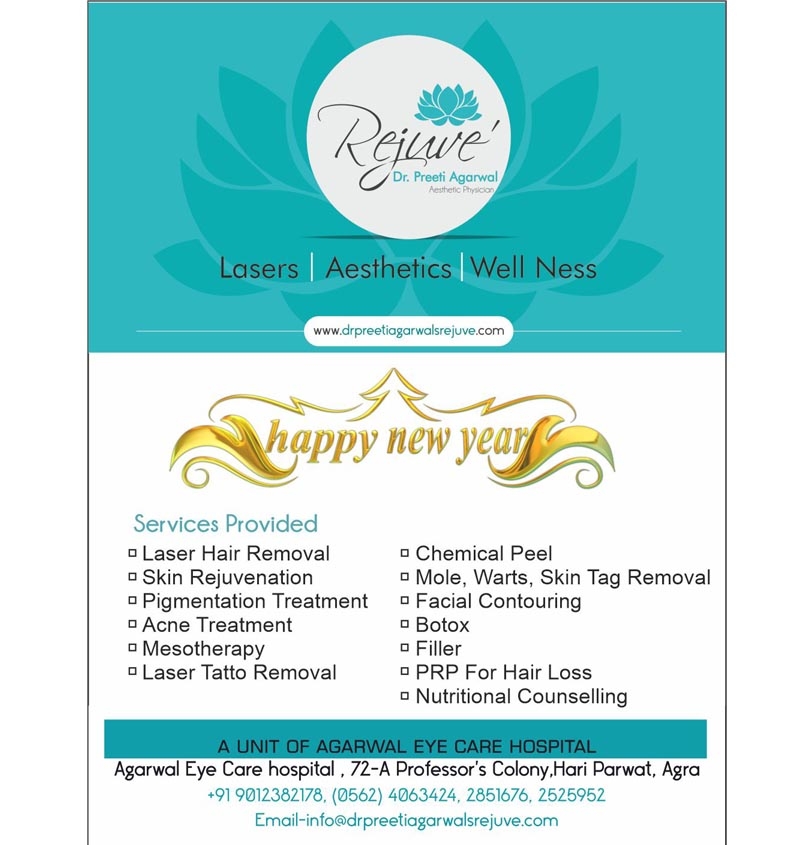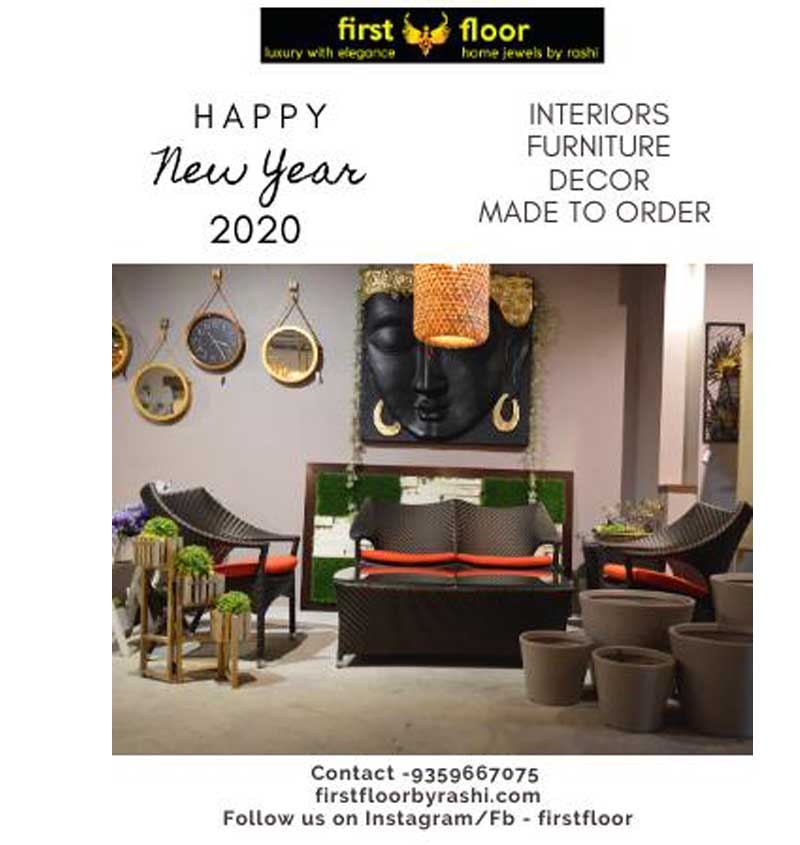Today’s homes are no longer just places to live—they are spaces for healing, recharging, and thriving. With wellness becoming a central pillar in lifestyle, interior design has evolved to support both physical and mental well-being.
1. Wellness Starts with Layout
A calm home begins with flow:
-
Create open, breathable spaces that invite movement
-
Keep high-traffic areas free of clutter and obstacles
-
Use zoning techniques to separate active and restful areas
Think of your layout as a map for a calmer mind.
2. Nature is the Best Designer
Biophilic design continues to thrive:
-
Add indoor plants to improve air quality and bring a sense of life
-
Incorporate natural materials like wood, clay, and stone
-
Let in natural light and frame outdoor views when possible
Bringing nature indoors is proven to reduce stress and boost mood.
3. The Healing Power of Color
Color therapy in design is intentional and effective:
-
Use soft neutrals and muted greens for restful energy
-
Blues and earth tones evoke trust, grounding, and calm
-
Avoid overstimulating palettes in bedrooms and rest zones
Color isn’t just visual—it’s emotional.
4. Sound and Silence
Good design considers acoustics:
-
Use soft materials like rugs, curtains, and upholstery to absorb sound
-
Add water features or sound machines for soothing background noise
-
Use acoustic panels in open-plan areas to reduce echo
Silence, or pleasant sound, is part of the wellness experience.
5. Lighting That Aligns with Your Rhythm
Lighting impacts your body’s natural clock:
-
Install smart bulbs that adjust with the time of day
-
Use warm lighting in the evening to promote relaxation
-
Layer task and ambient lights for visual comfort
Your lighting should support productivity by day and serenity by night.
6. Spaces for Self-Care
Design with intention:
-
A yoga or meditation corner with mats, cushions, and candles
-
A spa-like bathroom with soft towels, natural scents, and warm lighting
-
A reading nook with plush seating and calming views
These aren’t luxuries—they’re necessities in a well-designed life.
7. Wellness-First Materials
Choose health-conscious finishes:
-
Low-VOC paints and eco-friendly flooring
-
Organic textiles and non-toxic cleaning materials
-
Antimicrobial surfaces in high-use areas like kitchens and baths
Wellness design supports not just how your home feels, but how it functions for your health.
Final Thoughts
Interior design in 2025 is about more than style—it’s about supporting a life well lived. By designing your home with wellness in mind, you create a space that nourishes not just your body, but your soul.
In a world of constant motion, the best homes remind us to slow down, breathe deep, and simply be.



















Your Message